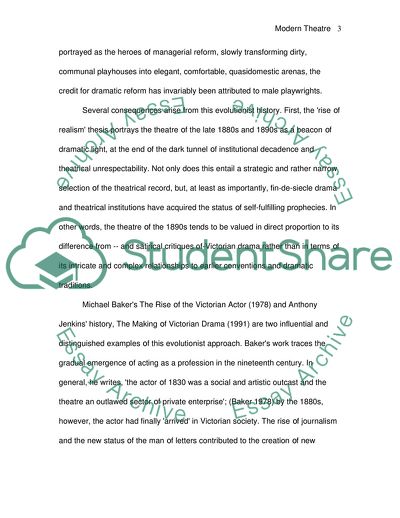Cite this document
(Introduction to Modern Theatre Term Paper Example | Topics and Well Written Essays - 2000 words, n.d.)
Introduction to Modern Theatre Term Paper Example | Topics and Well Written Essays - 2000 words. Retrieved from https://studentshare.org/culture/1710876-introduction-to-modern-theatre
Introduction to Modern Theatre Term Paper Example | Topics and Well Written Essays - 2000 words. Retrieved from https://studentshare.org/culture/1710876-introduction-to-modern-theatre
(Introduction to Modern Theatre Term Paper Example | Topics and Well Written Essays - 2000 Words)
Introduction to Modern Theatre Term Paper Example | Topics and Well Written Essays - 2000 Words. https://studentshare.org/culture/1710876-introduction-to-modern-theatre.
Introduction to Modern Theatre Term Paper Example | Topics and Well Written Essays - 2000 Words. https://studentshare.org/culture/1710876-introduction-to-modern-theatre.
“Introduction to Modern Theatre Term Paper Example | Topics and Well Written Essays - 2000 Words”. https://studentshare.org/culture/1710876-introduction-to-modern-theatre.


